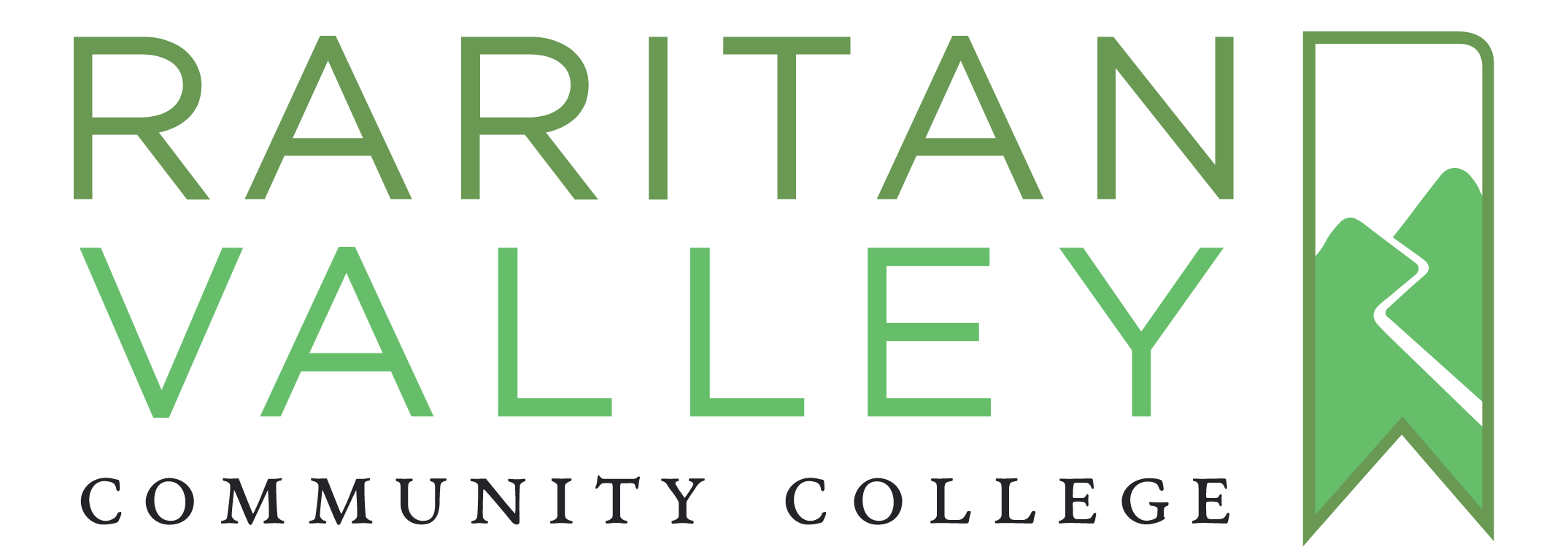7.1 Organizational Structure and Change
Figure 7.1
The structures of organizations vary and influence the ease or challenge of organizational performance and change.
karanja – Pixabay – CC0 public domain.
What’s in It for Me?
Reading this chapter will help you do the following:
- Define organizational structure and its basic elements.
- Describe matrix, boundaryless, and learning organizations.
- Describe why and how organizations change.
- Understand reasons why people resist change, and strategies for planning and executing change effectively.
- Build your own organizational design skills.
Creating or enhancing the structure of an organization defines managers’ Organizational Design task. Organizational design is one of the three tasks that fall into the organizing function in the planning-organizing-leading-controlling (P-O-L-C) framework. As much as individual- and team-level factors influence work attitudes and behaviors, the organization’s structure can be an even more powerful influence over employee actions.
When we talk about organizations, we can categorize an organization one of two ways
- Line organization – This is a group that is involved in the direct delivery of a firm’s product or service. That includes research and development, manufacturing, marketing, and sales.
- Staff organization – A staff organization is a support group for the line organizations. These include Human Resources, Finance, and Accounting.



